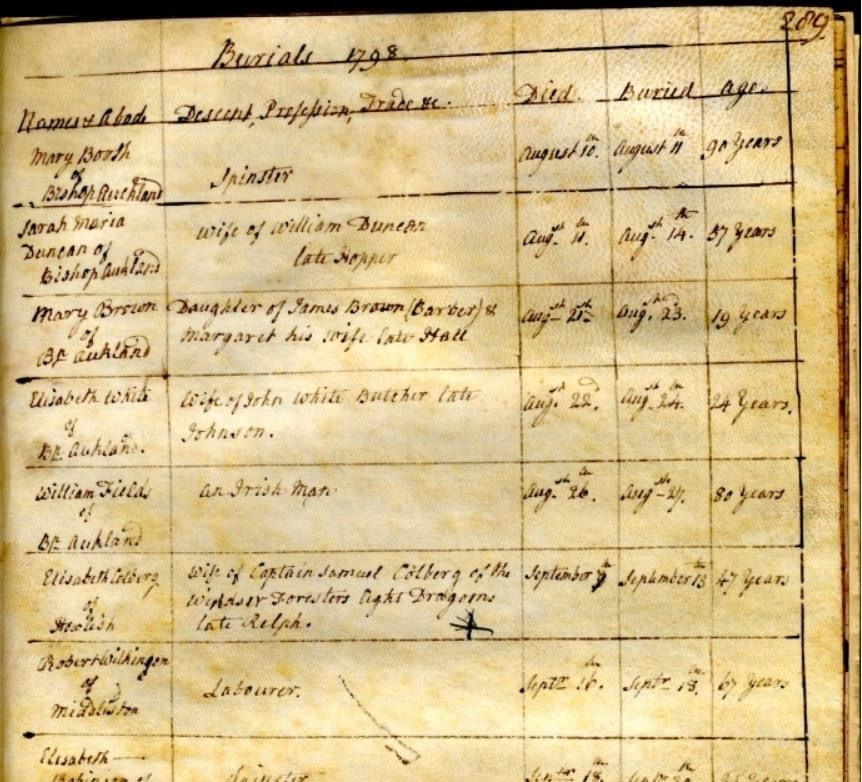
Parish Registers of Baptisms, Marriages and Burials (BMB) were started by Thomas Cromwell in 1538, shortly after the formal split from Rome. For the next 300 years, however, what was recorded was left entirely to the whim of individual Parish Priests.
You’ll therefore find (sometimes quite big) differences between what is recorded at different Parishes, or at different time periods in the same Parish. All too often Church records are sparse in the extreme. If you’re really unlucky you might only get:
’10 March,1774, John Smith was baptised’
Sometimes you will find that records for a particular Parish have been lost due to fire, flood, incompetence, etc. In such cases you may be able to get the information you need from the Bishop’s Transcripts. Basically, at regular intervals representatives of all the Bishoprics went to the individual Parishes that they administered and made copies of their Parish records. Now this can be a bit hit-and-miss, and such transcripts are prone to the usual ‘copy-and-paste’ errors. But if you’ve got nothing better then you need to make do.
In 1812 with the passing of the Rose Act, Parishes were issued for the first time with printed
BMB Registers which regulated the information to be recorded.

Rose Baptism Register
Barrington & Dade Registers
There was a golden period when the Barrington & Dade Registers were used in some Parishes.
The Rev. William Dade was Curate, Vicar and Rector of 7 Parishes in Yorkshire between 1763 and his death in 1790. Dade was far ahead of his time in seeing the benefit of recording as much family information as possible in his registers for later research and in 1777 his methods were introduced throughout the Diocese of the Lord Archbishop of York. Theoretically, The Dade Baptismal Registers provide the child's name and date of baptism, seniority in the family (e.g. first son), father's name, profession and place of abode and both the father's and mother's parentage. A gold mine for genealogists. Unfortunately, the registers also represented greater work for the parish priests and there was a reluctance to comply with the Archbishop's introductions. As a result their adoption was fragmentary, incomplete and not long lasting.
Shute Barrington was inspired by William Dade and instituted a form of the latter’s detailed BMB Registers when he became Bishop of Salisbury in 1782 and later instituted a similar system when he advanced to Prince Bishop of Durham in 1791. The Diocese of Durham covered the Counties of Durham and Northumberland and so we get to benefit from detailed records such as those below:
Below is an entry for an ancestor I was researching from Slaley:
Northumberland: Baptised 26 January, 1811 (born 26 August 1810) Hannah Nevin of Steel Hall. 1st daughter of Christopher Nevin, Farmer, son of Christopher Nevin, Farmer, native of Rowley Head, by his wife, Mary, daughter of Henry Carr, Husbandman, of Hill House, Hexamshire.
Thank you Bishop Barrington!

Barrington Burial Register

Comments